An Enhanced Numerical Calculation Method to Study the Anchorage Performance of Rebars
Abstract
1. Introduction
2. Debonding Process of the Rebar–Grout Interface
3. The Enhanced Calculation Method
4. Validation of the Numerical Calculation Method
5. Case Studies
5.1. Pull Test When the Residual Bond Strength Equals 1 MPa
5.2. Pull Test When the Residual Bond Strength Equals 2 MPa
6. Discussion
7. Conclusions
- When the rebar–grout interface entered the ESD stage, the length of the softening section was assumed to be constant. One loop function was created to calculate the length of the debonding section. This significantly reduced the number of iteration calculations.
- Two independent experimental pull tests were used to validate the accuracy of this enhanced calculation method. There was a satisfactory correlation between experimental and numerical calculation results.
- Two theoretical pull cases were conducted. The results obtained with the original calculation method and enhanced calculation method were compared. The peak load of rebars was similar. This indicated that the enhanced calculation method was sufficient in studying anchorage performance of rebars. However, the enhanced calculation method needs much fewer iteration calculations, which is more convenient and applicable.
- When the enhanced calculation method was used, the displacement at peak load and the maximum displacement were relatively larger. However, those two displacements have no significant difference from the displacement obtained with the original calculation method.
Author Contributions
Funding
Institutional Review Board Statement
Informed Consent Statement
Data Availability Statement
Conflicts of Interest
Nomenclature and Abbreviations
| A | cross-section area of the rebar |
| b | constant coefficient |
| c | perimeter of the rebar |
| E | Young’s modulus of the rebar |
| k | slope between the shear stress (SS) and shear slipping |
| l | encapsulating length of the rebar |
| ls | length of the softening section |
| ld | length of the debonding section |
| p | tensile load of the rebar |
| r | radius of the rebar |
| s | shear slipping of the rebar–grout interface |
| u | tensile displacement of the rebar |
| u1 | shear slipping when the bond strength is reached |
| u2 | shear slipping when the residual bond strength is reached |
| α | variable coefficient |
| τ | SS at the rebar–grout interface |
| τ1 | bond strength of the rebar–grout interface |
| τ2 | residual bond strength of the rebar–grout interface |
| ω | variable coefficient |
References
- Wang, S.; Xiao, H.G.; Zou, Z.S.; Cao, C.; Wang, Y.H.; Wang, Z.L. Mechanical performances of transverse rib bar during pull-out test. Int. J. Appl. Mech. 2019, 11, 1950048. [Google Scholar] [CrossRef]
- Zuo, J.; Liu, H.; Liu, D.; Zhu, F.; Zhao, W.; Zhang, Q.; Li, J. Theoretical analysis and numerical simulation on the coupled support technology of concrete-filled steel tube and bolt-cable in deep roadway. J. Cent. South Univ. 2023, 30, 257–275. [Google Scholar] [CrossRef]
- Xie, S.; Wang, E.; Chen, D.; Li, H.; Jiang, Z.; Yang, H. Stability analysis and control technology of gob-side entry retaining with double roadways by filling with high-water material in gently inclined coal seam. Int. J. Coal Sci. Technol. 2022, 9, 52. [Google Scholar] [CrossRef]
- Wang, J.; Apel, D.B.; Xu, H.; Wei, C. Evaluation of the performance of yielding rockbolts during rockbursts using numerical modeling method. Int. J. Coal Sci. Technol. 2022, 9, 87. [Google Scholar] [CrossRef] [PubMed]
- Staniek, A. Technical problems and non destructive testing of rock bolt support systems in mines. Int. J. Coal Sci. Technol. 2023, 10, 6. [Google Scholar] [CrossRef]
- Wu, X.; Jiang, L.; Xu, X.; Guo, T.; Zhang, P.; Huang, W. Numerical analysis of deformation and failure characteristics of deep roadway surrounding rock under static-dynamic coupling stress. J. Cent. South Univ. 2021, 28, 543–555. [Google Scholar] [CrossRef]
- Wu, S.; Hao, W.; Yao, Y.; Li, D. Investigation into durability degradation and fracture of cable bolts through laboratorial tests and hydrogeochemical modelling in underground conditions. Tunn. Undergr. Space Technol. 2023, 138, 105198. [Google Scholar] [CrossRef]
- Song, Z.; Zhang, J.; Wang, S.; Dong, X.; Zhang, Y. Energy evolution characteristics and weak structure-“energy flow” impact damaged mechanism of deep-bedded sandstone. Rock Mech. Rock Eng. 2023, 56, 2017–2047. [Google Scholar] [CrossRef]
- Wang, S.; Wu, X.G.; Zhao, Y.H.; Hagan, P.C.; Cao, C. Evolution characteristics of composite pressure-arch in thin bedrock of overlying strata during shallow coal mining. Int. J. Appl. Mech. 2019, 11, 1950030. [Google Scholar] [CrossRef]
- Cui, G.; Zhang, C.; Chen, J.; Yang, F.; Zhou, H.; Lu, J. Effect of bolt inclination angle on shear behavior of bolted joints under CNL and CNS conditions. J. Cent. South. Univ. 2020, 27, 937–950. [Google Scholar] [CrossRef]
- Song, Z.; Zhang, J. Research on the progressive failure process and fracture mechanism of rocks with the structural evolution perspective. J. Struct. Geol. 2022, 154, 104484. [Google Scholar] [CrossRef]
- Li, W.; Jiang, B.; Gu, S.; Yang, X.; Shaikh, F.U.A. Experimental study on the shear behavior of grout-infilled specimens and micromechanical properties of grout-rock interface. J. Cent. South Univ. 2022, 29, 1686–1700. [Google Scholar] [CrossRef]
- Wu, S.; Ma, X.; Zhang, X.; Chen, J.; Yao, Y.; Li, D. Investigation into hydrogen induced fracture of cable bolts under deep stress corrosion coupling conditions. Tunn. Undergr. Space Technol. 2024, 147, 105729. [Google Scholar] [CrossRef]
- Xie, S.; Wu, Y.; Chen, D.; Liu, R.; Han, X.; Ye, Q. Failure analysis and control technology of intersections of large-scale variable cross-section roadways in deep soft rock. Int. J. Coal Sci. Technol. 2022, 9, 19. [Google Scholar] [CrossRef]
- Xu, C.; Xia, C.; Han, C. Elastoplastic solutions for deep tunnel excavation in weak rocks with high geostress considering different stress selease measures. Int. J. Appl. Mech. 2022, 14, 2250077. [Google Scholar] [CrossRef]
- Ren, S.; Tao, Z.; He, M.; Li, M.; Sui, Q. Numerical simulation study on shear resistance of anchorage joints considering tensile–shear fracture criterion of 2G-NPR bolt. Int. J. Coal Sci. Technol. 2023, 10, 58. [Google Scholar] [CrossRef]
- Chen, J.; Zhang, W.; Ma, J.; Zeng, B.; Huang, Y. An analytical approach to study the reinforcement performance of rock anchors. Eng. Fail. Anal. 2024, 160, 108200. [Google Scholar] [CrossRef]
- Yazici, S.; Kaiser, P.K. Bond strength of grouted cable bolts. Int. J. Rock Mech. Min. Sci. 1992, 29, 279–292. [Google Scholar] [CrossRef]
- Hyett, A.J.; Bawden, W.F.; Macsporran, G.R.; Moosavi, M. A constitutive law for bond failure of fully-grouted cable bolts using a modified hoek cell. Int. J. Numer. Anal. Methods Geomech. 1995, 32, 11–36. [Google Scholar] [CrossRef]
- Cao, C.; Nemcik, J.; Aziz, N.; Ren, T. Analytical study of steel bolt profile and its influence on bolt load transfer. Int. J. Rock Mech. Min. Sci. 2013, 60, 188–195. [Google Scholar] [CrossRef]
- Cao, C.; Ren, T.; Cook, C. Calculation of the effect of Poisson’s ratio in laboratory push and pull testing of resin-encapsulated bolts. Int. J. Rock Mech. Min. Sci. 2013, 64, 175–180. [Google Scholar] [CrossRef]
- Cao, C.; Ren, T.; Cook, C.; Cao, Y. Analytical approach in optimising selection of rebar bolts in preventing rock bolting failure. Int. J. Rock Mech. Min. Sci. 2014, 72, 16–25. [Google Scholar] [CrossRef]
- Ma, S.; Zhao, Z.; Nie, W.; Zhu, X. An analytical model for fully grouted rockbolts with consideration of the pre- and post-yielding behaviour. Rock Mech. Rock Eng. 2017, 50, 3019–3028. [Google Scholar] [CrossRef]
- Li, D.; Masoumi, H.; Ming, C. A constitutive model for modified cable bolts exhibiting cone shaped failure mode. Int. J. Rock Mech. Min. Sci. 2021, 145, 104855. [Google Scholar] [CrossRef]
- Farmer, I.W. Stress distribution along a resin grouted rock anchor. Int. J. Numer. Anal. Methods Geomech. 1975, 12, 347–351. [Google Scholar] [CrossRef]
- Ma, H.; Tan, X.; Qian, J.; Hou, X. Theoretical analysis of anchorage mechanism for rock bolt including local stripping bolt. Int. J. Rock Mech. Min. Sci. 2019, 122, 104080. [Google Scholar] [CrossRef]
- Cai, Y.; Esaki, T.; Jiang, Y. A rock bolt and rock mass interaction model. Int. J. Rock Mech. Min. Sci. 2004, 41, 1055–1067. [Google Scholar] [CrossRef]
- Chen, J.; Liu, L.; Zeng, B.; Tao, K.; Zhang, C.; Zhao, H.; Li, D.; Zhang, J. A constitutive model to reveal the anchorage mechanism of fully bonded bolts. Rock Mech. Rock Eng. 2023, 56, 1739–1757. [Google Scholar] [CrossRef]
- Ma, S.; Nemcik, J.; Aziz, N. An analytical model of fully grouted rock bolts subjected to tensile load. Constr. Build. Mater. 2013, 49, 519–526. [Google Scholar] [CrossRef]
- Zhu, S.; Chen, C.; Mao, F.; Cai, H. Application of disturbed state concept for load-transfer modeling of recoverable anchors in layer soils. Comput. Geotech. 2021, 137, 104292. [Google Scholar] [CrossRef]
- Yu, S.; Zhu, W.; Niu, L. Experimental and numerical evaluation on debonding of fully grouted rockbolt under pull-out loading. Int. J. Coal Sci. Technol. 2022, 9, 8. [Google Scholar] [CrossRef]
- Rastegarmanesh, A.; Mirzaghorbanali, A.; McDougall, K.; Aziz, N.; Anzanpour, S.; Nourizadeh, H.; Moosavi, M. Axial performance of cementitious grouted cable bolts under rotation constraint scenarios. Rock Mech. Rock Eng. 2022, 55, 5773–5788. [Google Scholar] [CrossRef]
- Wang, G.; Fang, W.; Han, W.; Jiang, Y.; Zhang, X.; Xu, F.; Zhang, S. Coupled rheological behavior of tunnel rock masses reinforced by rock bolts based on the non-hydrostatic stress field. Tunn. Undergr. Space Technol. 2023, 137, 105123. [Google Scholar] [CrossRef]
- Høien, A.H.; Li, C.C.; Zhang, N. Pull-out and critical embedment length of grouted rebar rock bolts-mechanisms when approaching and reaching the ultimate load. Rock Mech. Rock Eng. 2021, 54, 1431–1447. [Google Scholar] [CrossRef]
- Ren, F.; Yang, Z.J.; Chen, J.F.; Chen, W.W. An analytical analysis of the full-range behaviour of grouted rockbolts based on a tri-linear bond-slip model. Constr. Build. Mater. 2010, 24, 361–370. [Google Scholar] [CrossRef]
- Aoki, T.; Shibata, K.; Nakahara, F.; Maeno, Y.; Kawano, R.; Obara, Y. Pull tests of long-embedded cablebolts. In Proceedings of the ISRM 2003-Technology Roadmap for Rock Mechanics, Gauteng, South Africa, 8–12 September 2003; pp. 45–48. [Google Scholar]
- Bai, X.; Zhang, M.; Yan, N. Field contrast test and mechanism analysis on anchorage performance of anti-floating anchors with two different materials. China Civ. Eng. J. 2015, 48, 38–46, 59. [Google Scholar] [CrossRef]
- Li, C.C.; Kristjansson, G.; Høien, A.H. Critical embedment length and bond strength of fully encapsulated rebar rockbolts. Tunn. Undergr. Space Technol. 2016, 59, 16–23. [Google Scholar] [CrossRef]
- Benmokrane, B.; Chennouf, A.; Mitri, H.S. Laboratory evaluation of cement-based grouts and grouted rock anchors. Int. J. Rock Mech. Min. Sci. 1995, 32, 633–642. [Google Scholar] [CrossRef]
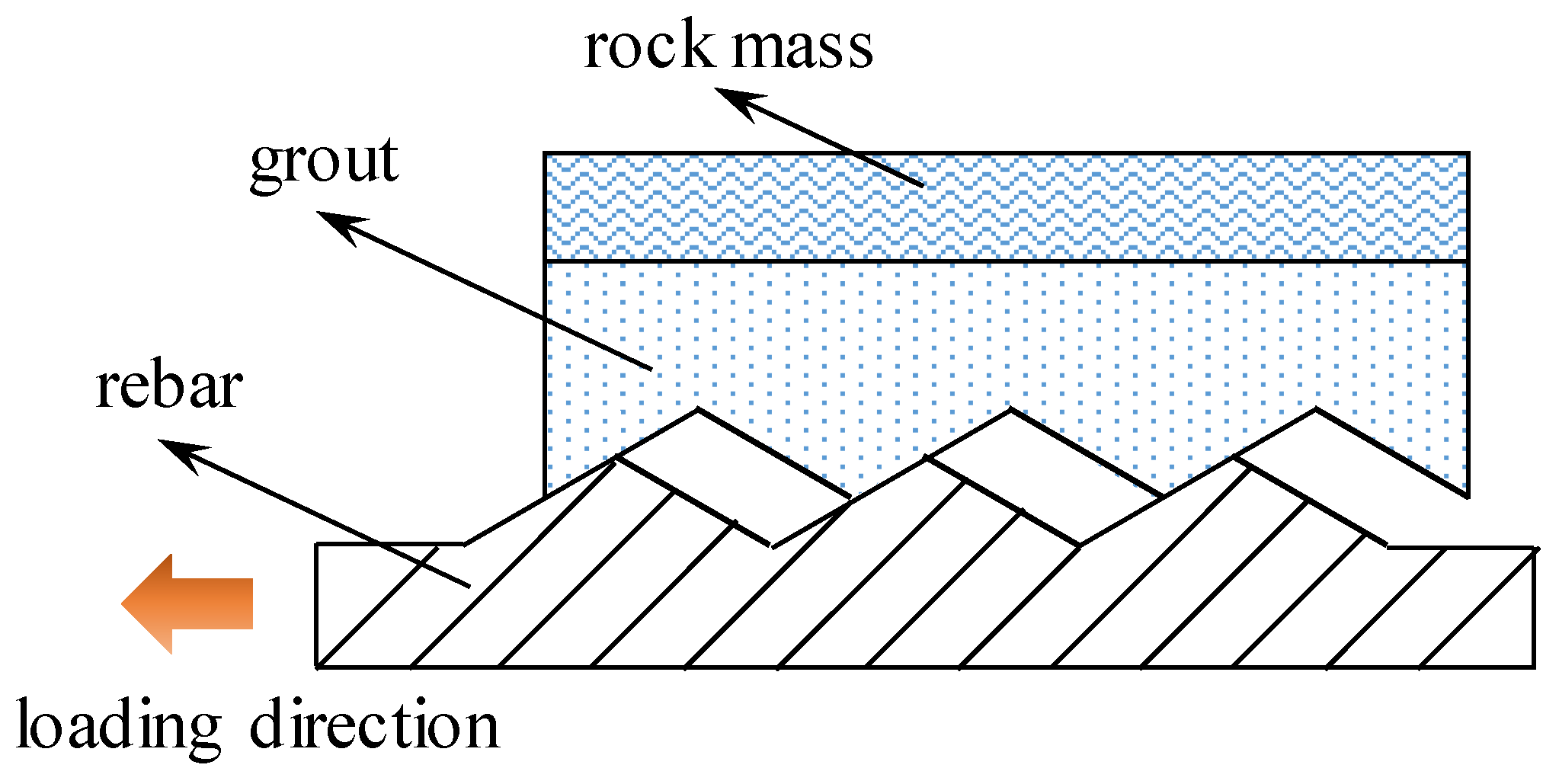
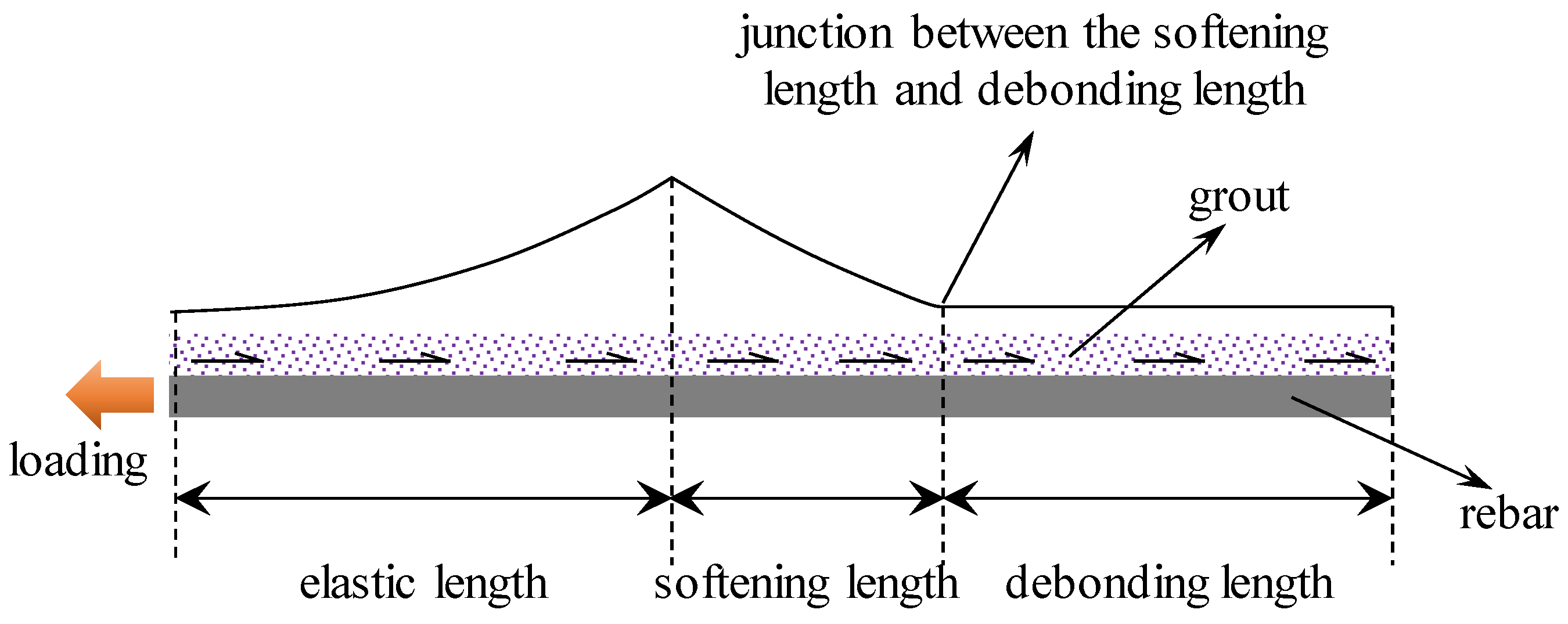

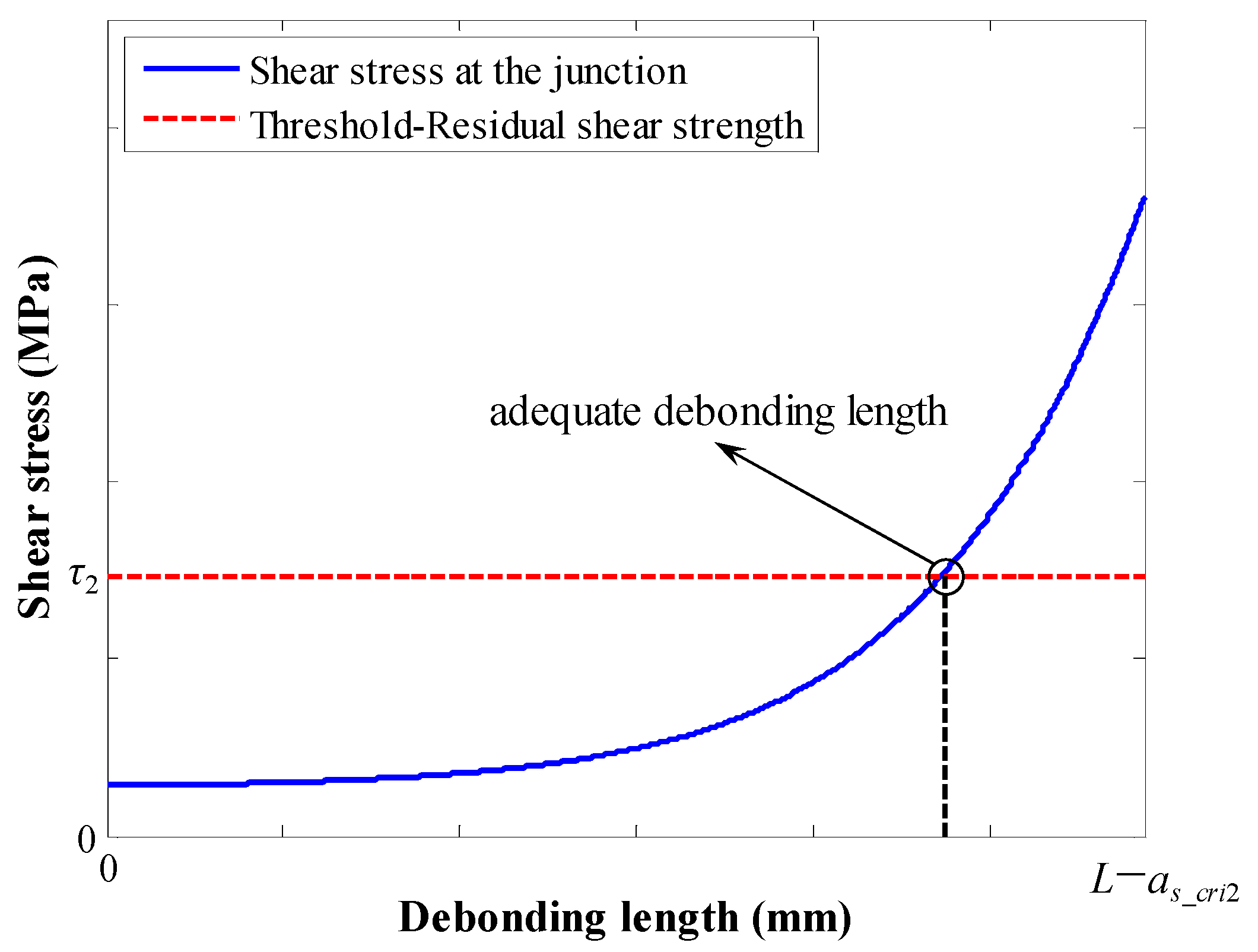
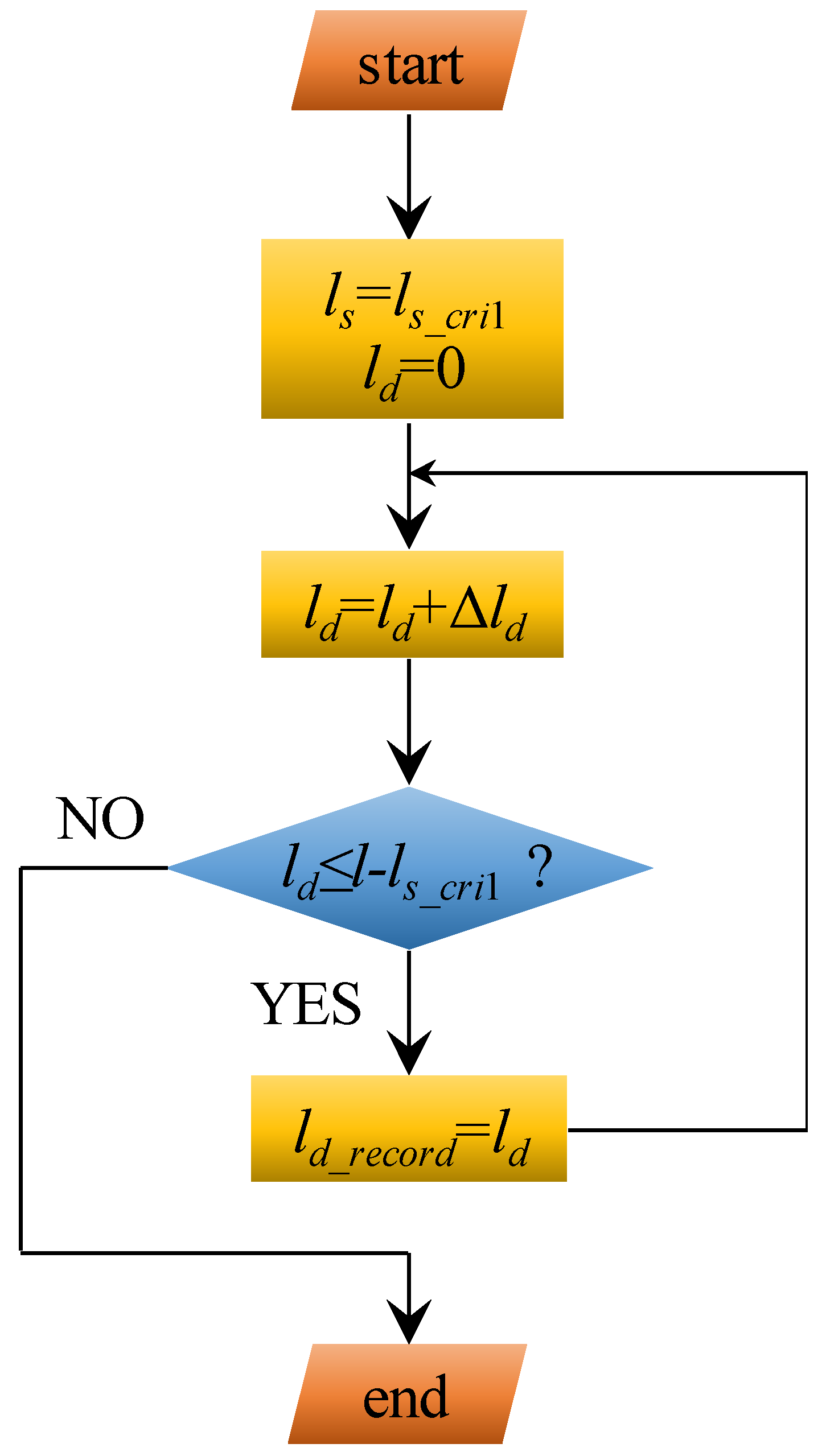
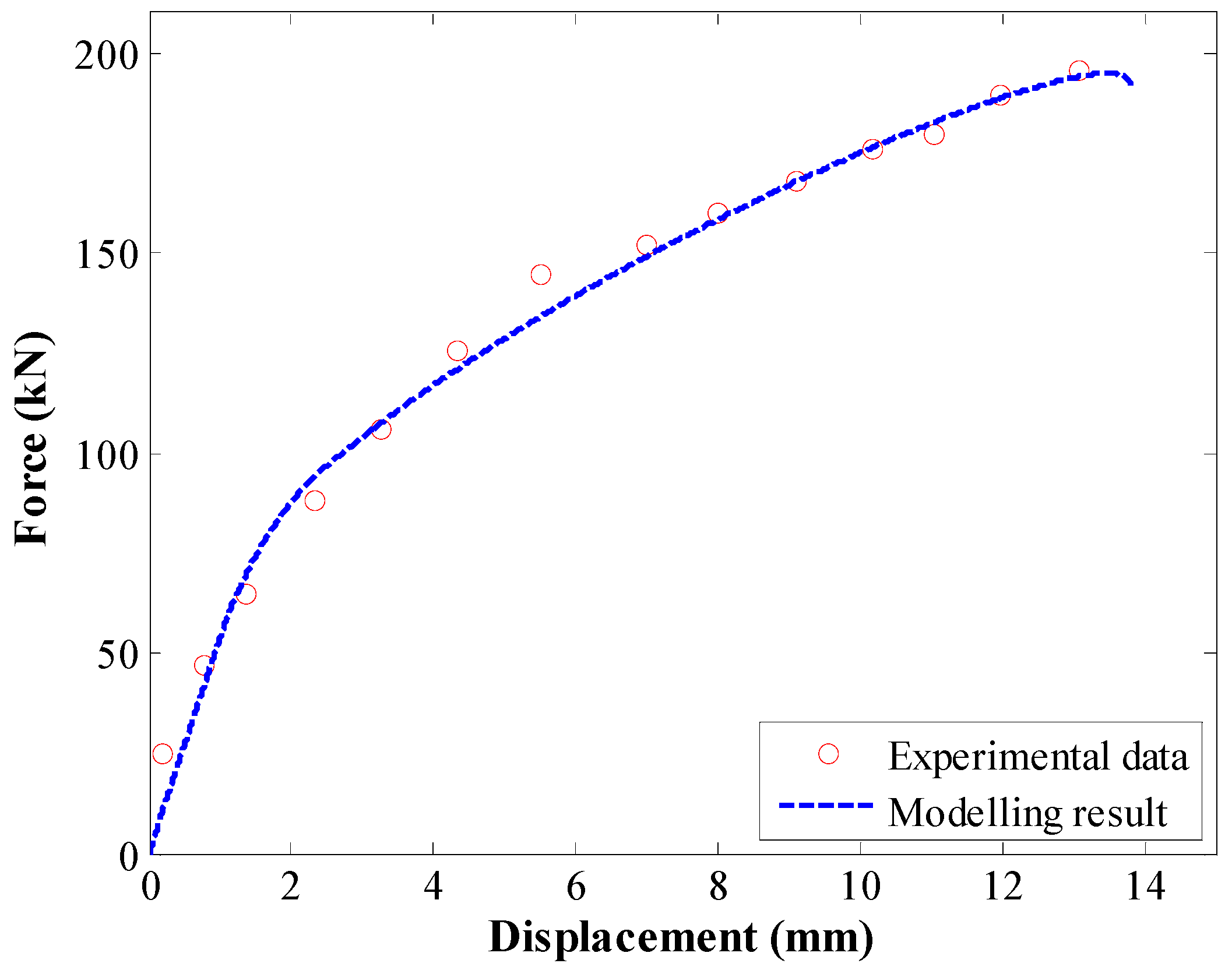
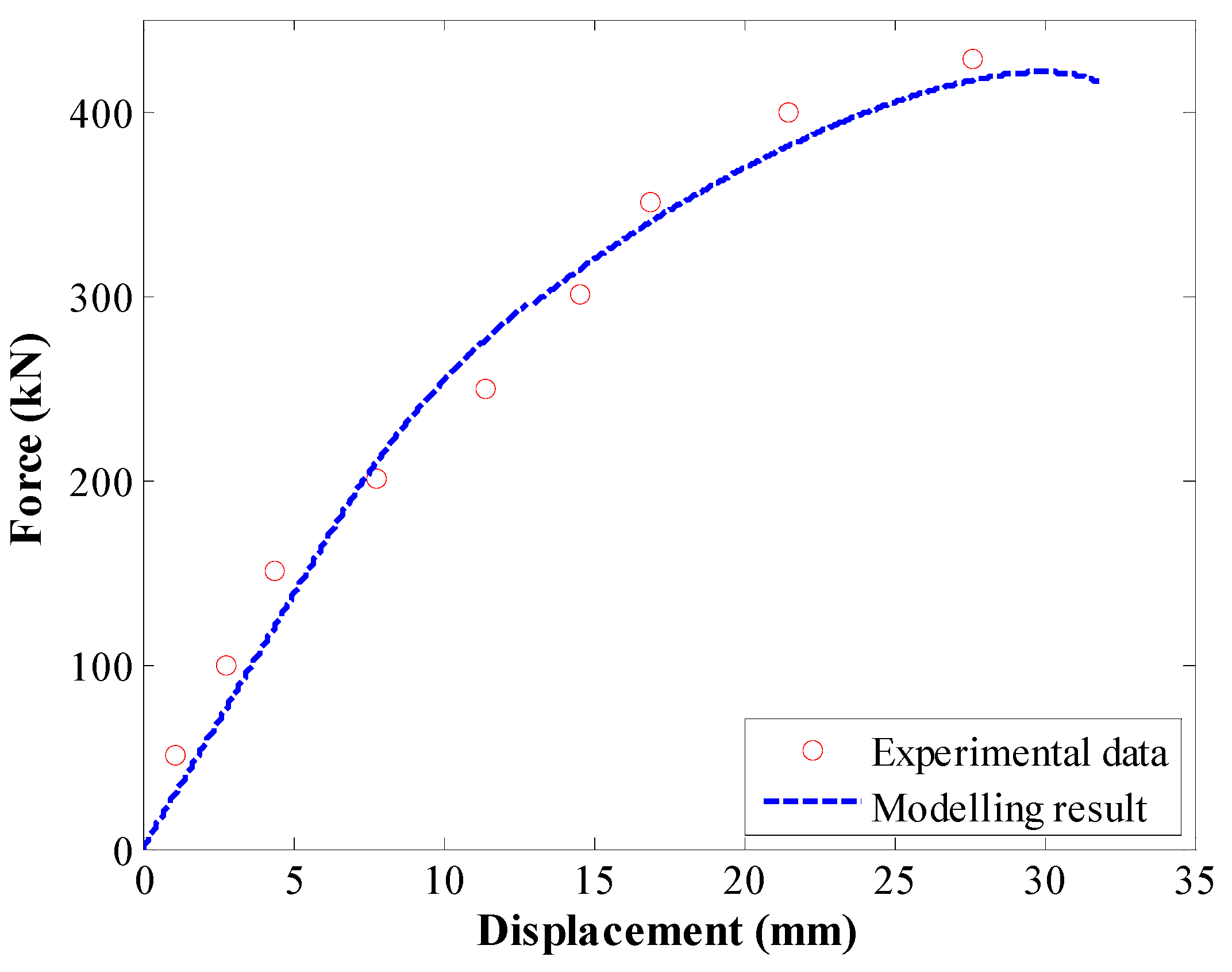

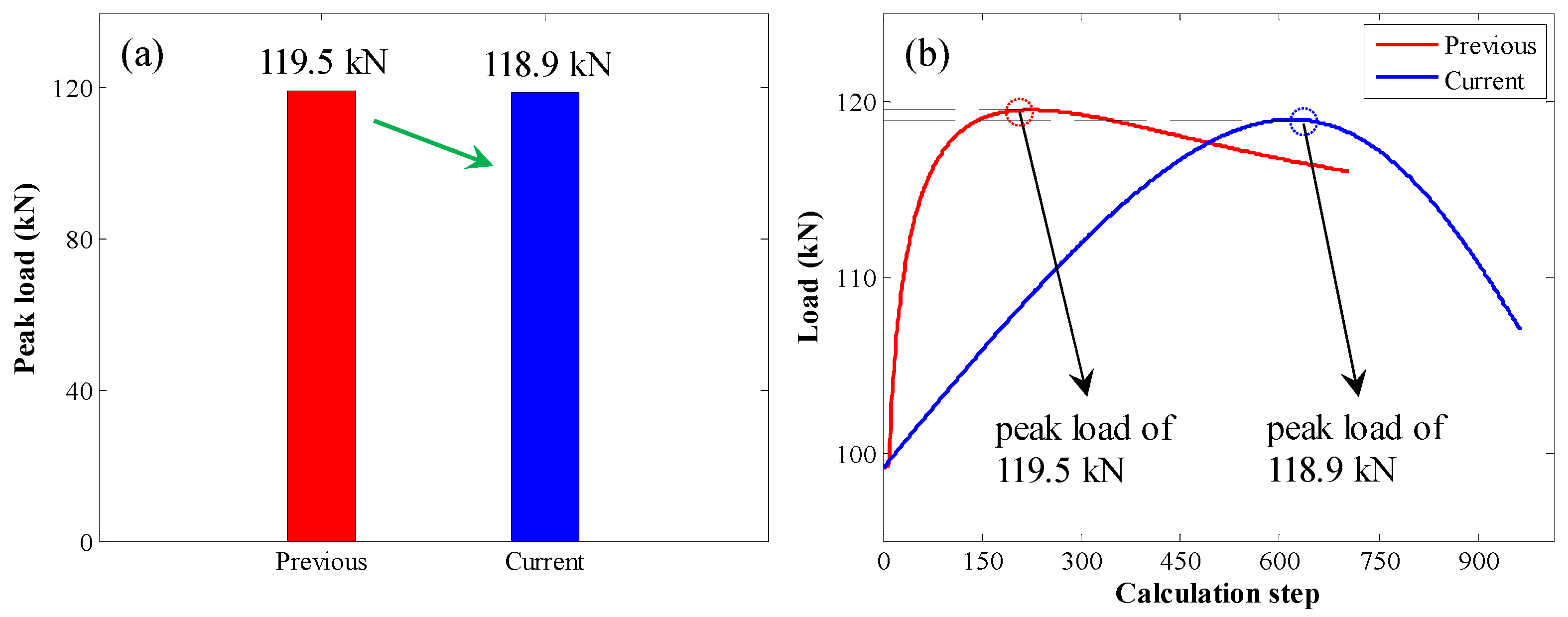
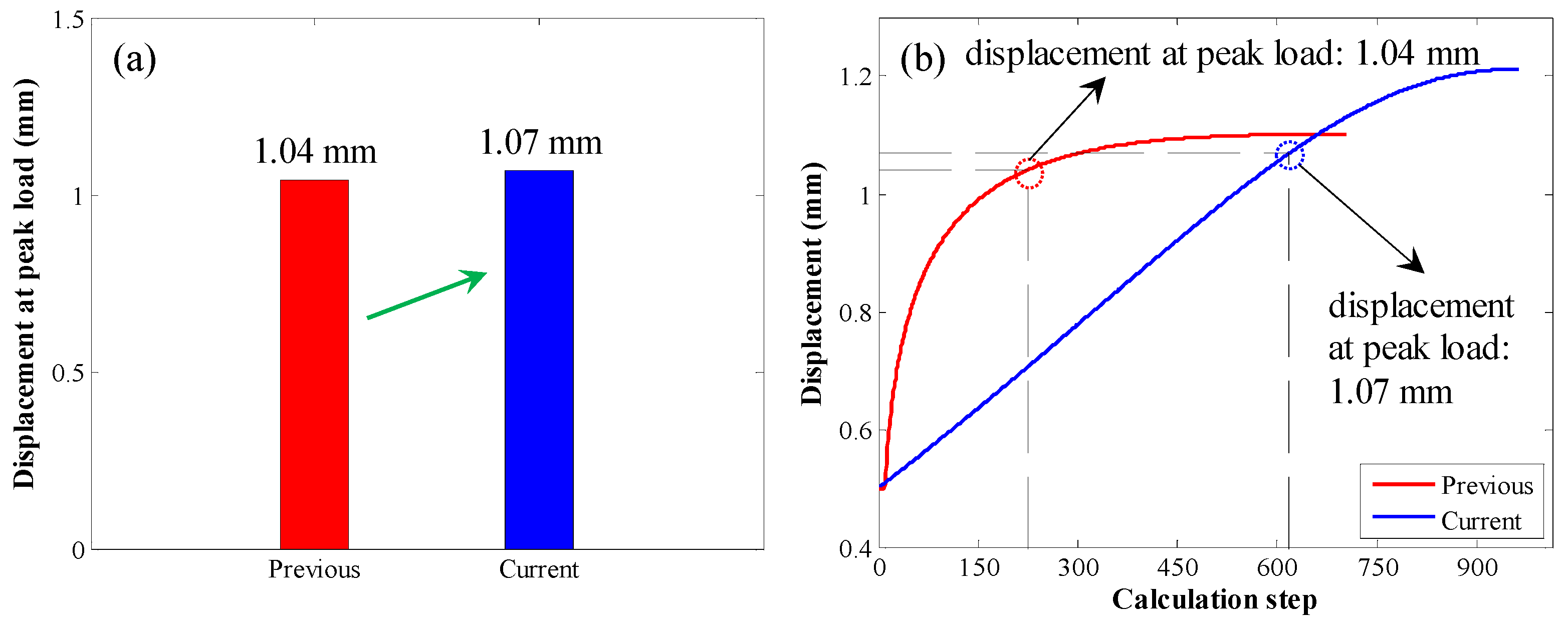
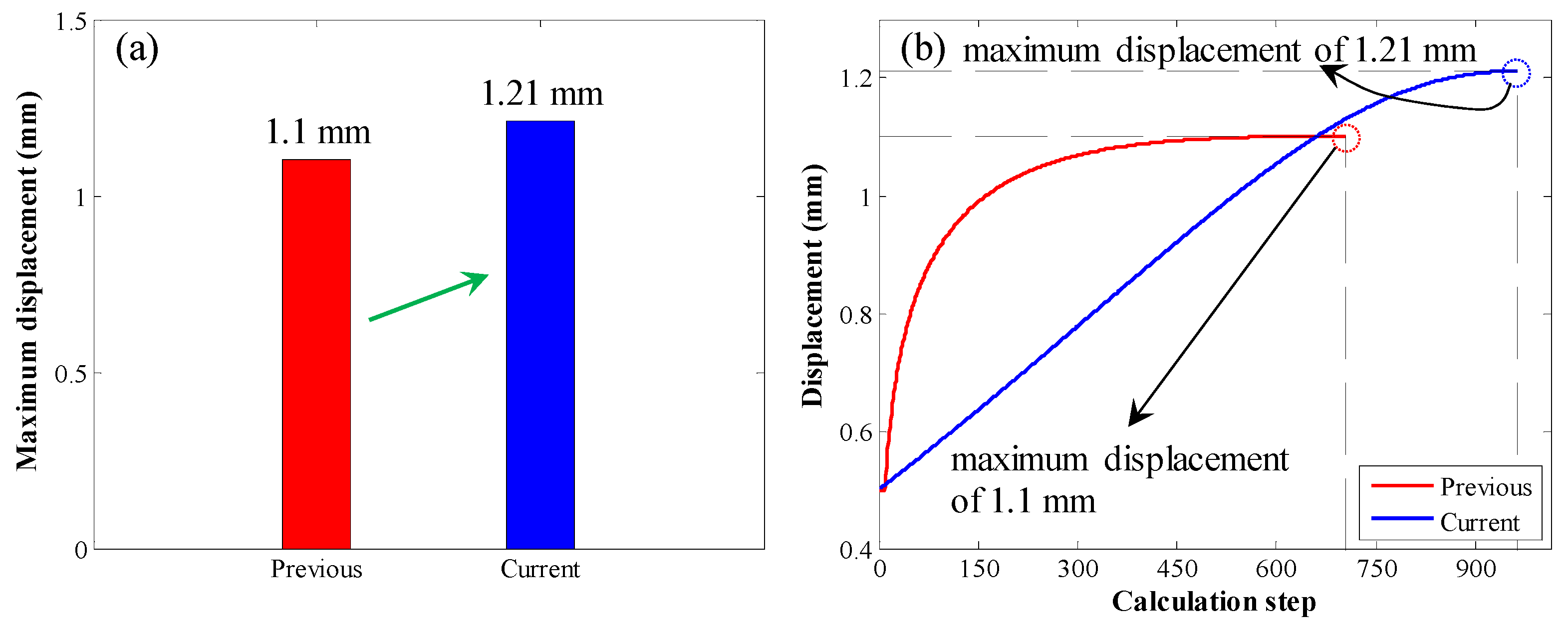
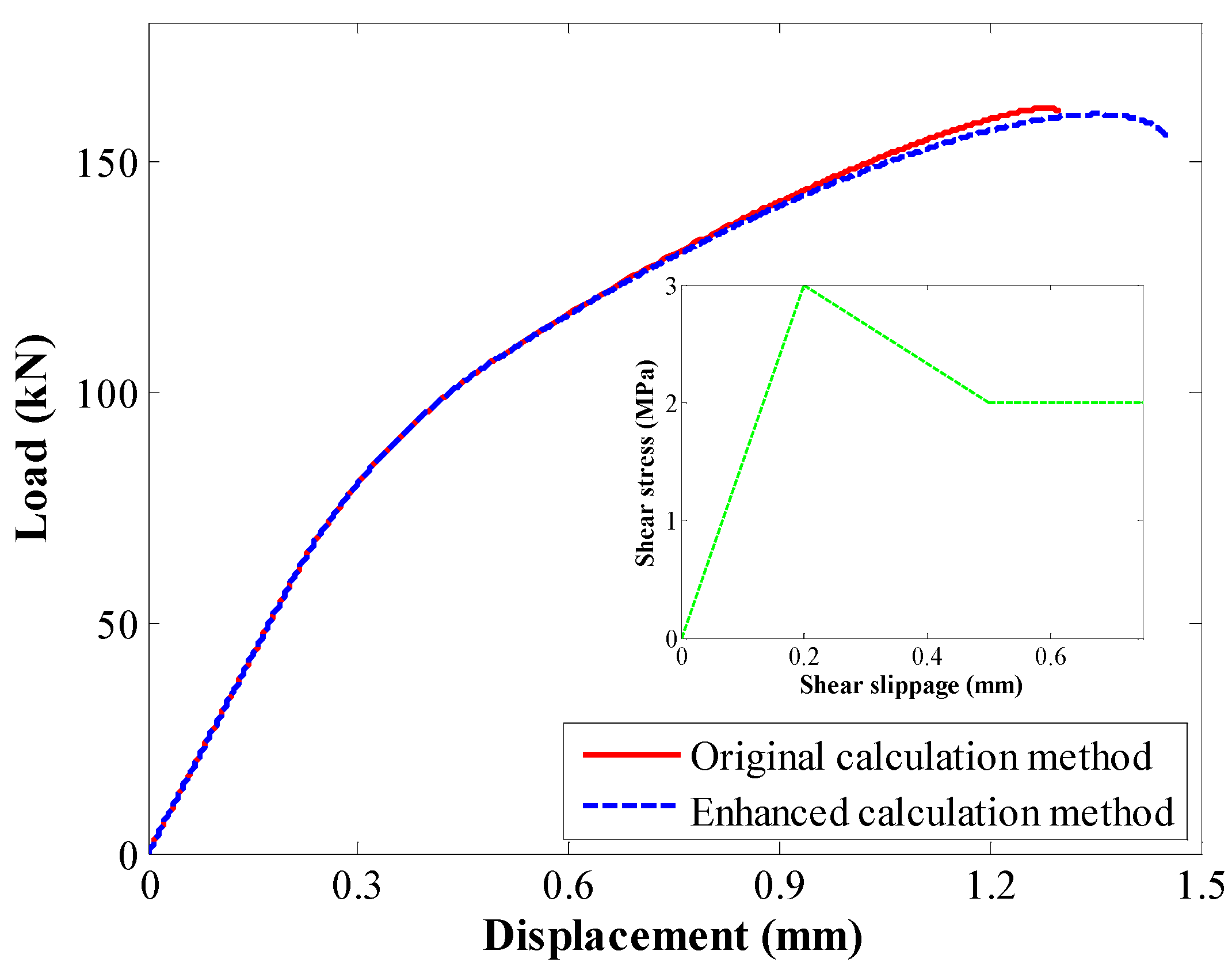
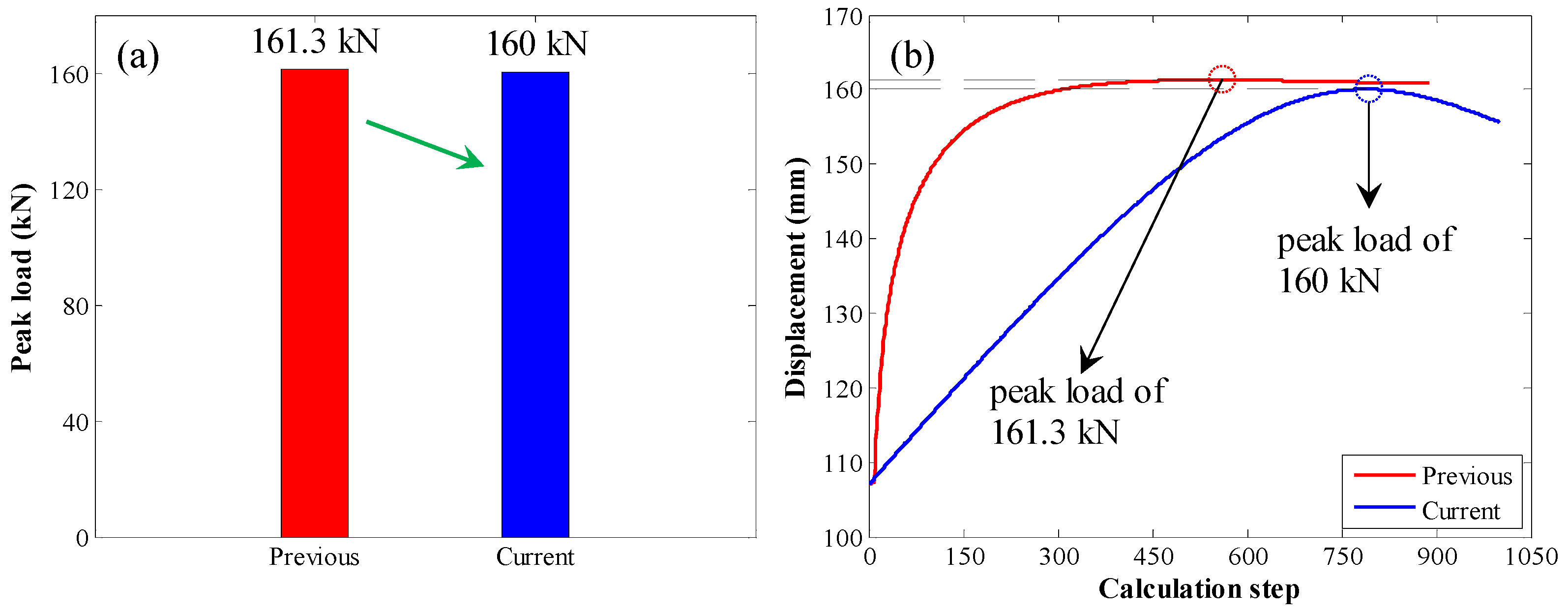
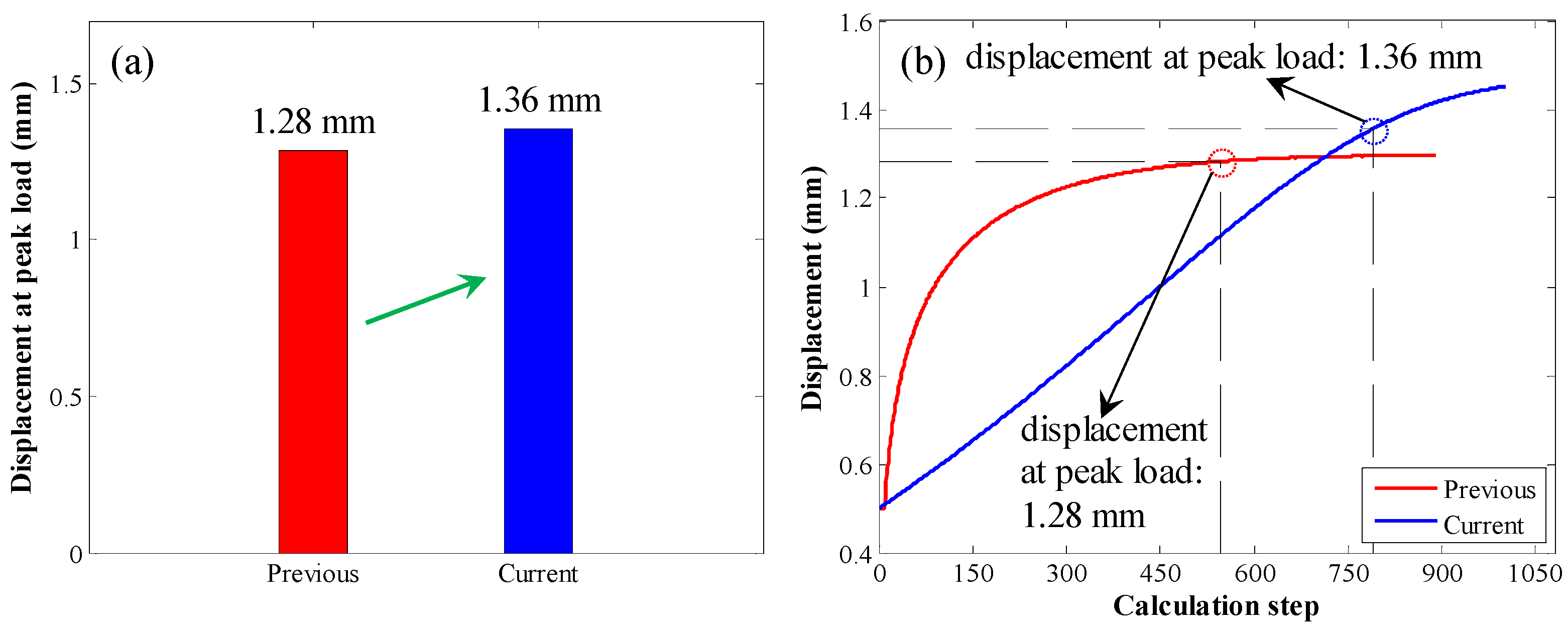
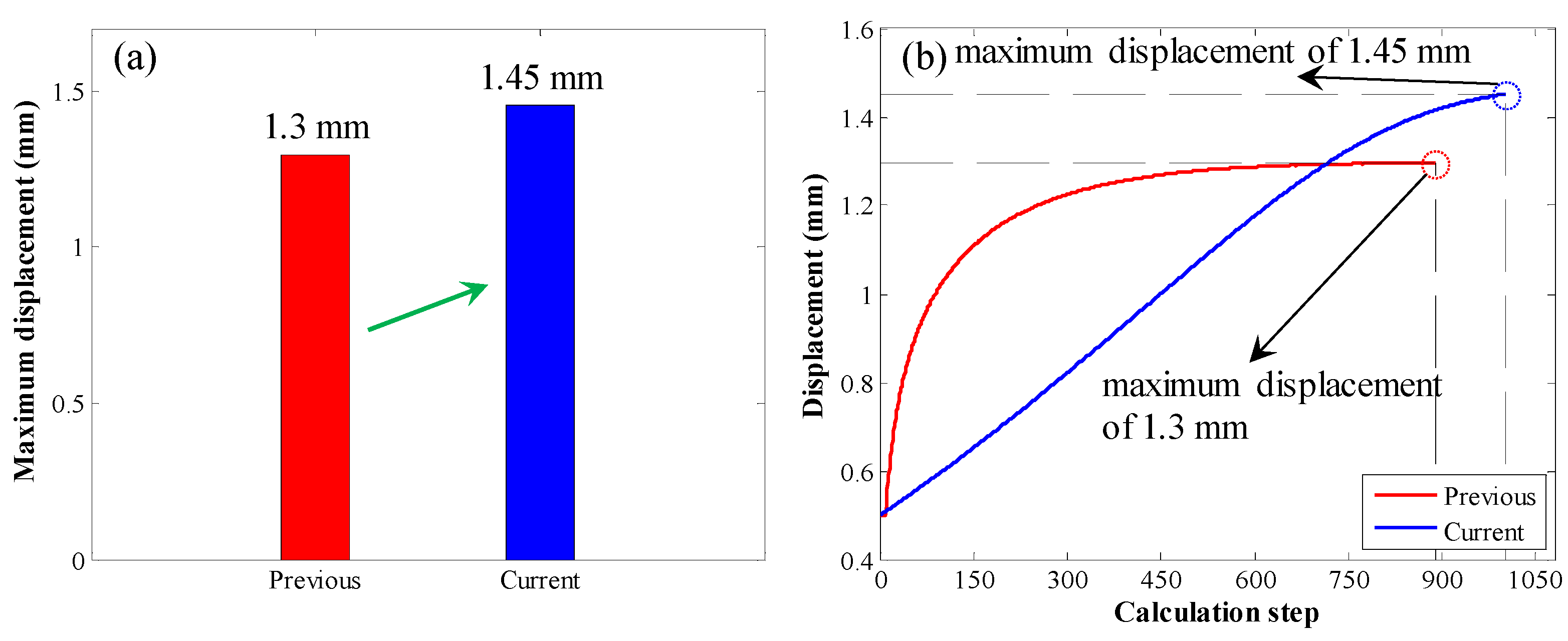
| τ1 (MPa) | u1 (mm) | τ2 (MPa) | u2 (mm) |
|---|---|---|---|
| 1.7 | 1 | 0.85 | 2.5 |
| τ1 (MPa) | u1 (mm) | τ2 (MPa) | u2 (mm) |
|---|---|---|---|
| 1.8 | 6.5 | 1.5 | 13 |
| τ1 (MPa) | u1 (mm) | τ2 (MPa) | u2 (mm) |
|---|---|---|---|
| 3 | 0.2 | 1 | 0.5 |
| τ1 (MPa) | u1 (mm) | τ2 (MPa) | u2 (mm) |
|---|---|---|---|
| 3 | 0.2 | 2 | 0.5 |
Disclaimer/Publisher’s Note: The statements, opinions and data contained in all publications are solely those of the individual author(s) and contributor(s) and not of MDPI and/or the editor(s). MDPI and/or the editor(s) disclaim responsibility for any injury to people or property resulting from any ideas, methods, instructions or products referred to in the content. |
© 2024 by the authors. Licensee MDPI, Basel, Switzerland. This article is an open access article distributed under the terms and conditions of the Creative Commons Attribution (CC BY) license (https://creativecommons.org/licenses/by/4.0/).
Share and Cite
Chen, J.; Ma, J.; Zeng, X.; Zeng, B.; Skrzypkowski, K.; Zagórski, K.; Zagórska, A.; Wu, S. An Enhanced Numerical Calculation Method to Study the Anchorage Performance of Rebars. Materials 2024, 17, 3987. https://doi.org/10.3390/ma17163987
Chen J, Ma J, Zeng X, Zeng B, Skrzypkowski K, Zagórski K, Zagórska A, Wu S. An Enhanced Numerical Calculation Method to Study the Anchorage Performance of Rebars. Materials. 2024; 17(16):3987. https://doi.org/10.3390/ma17163987
Chicago/Turabian StyleChen, Jianhang, Junming Ma, Xiaofan Zeng, Banquan Zeng, Krzysztof Skrzypkowski, Krzysztof Zagórski, Anna Zagórska, and Saisai Wu. 2024. "An Enhanced Numerical Calculation Method to Study the Anchorage Performance of Rebars" Materials 17, no. 16: 3987. https://doi.org/10.3390/ma17163987
APA StyleChen, J., Ma, J., Zeng, X., Zeng, B., Skrzypkowski, K., Zagórski, K., Zagórska, A., & Wu, S. (2024). An Enhanced Numerical Calculation Method to Study the Anchorage Performance of Rebars. Materials, 17(16), 3987. https://doi.org/10.3390/ma17163987









